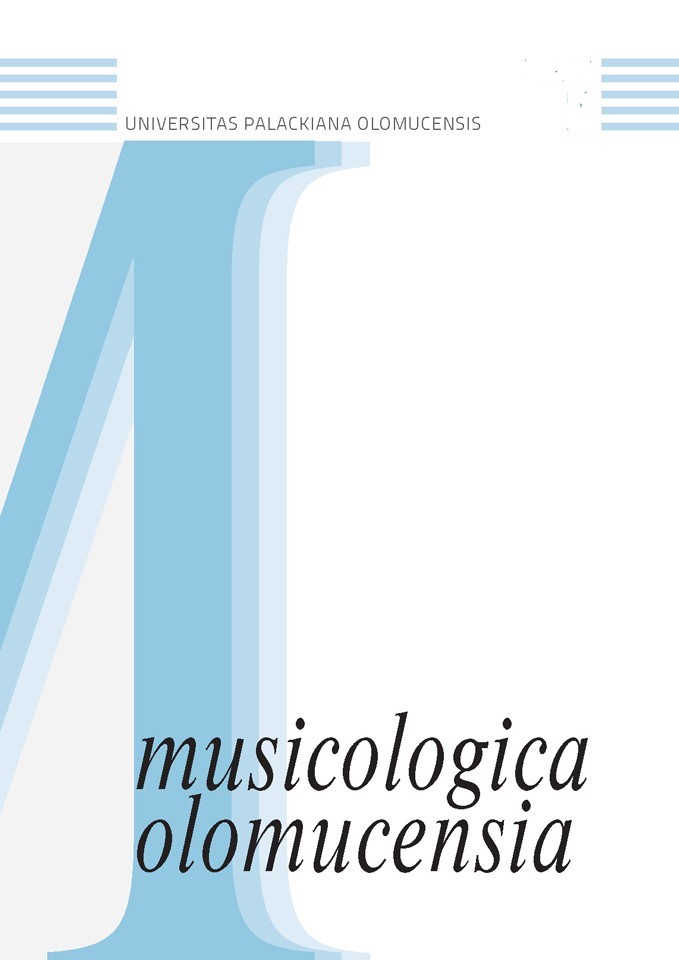Experimental Construction of Musical Instruments between 2017 and 2022
Experimental Construction of Musical Instruments between 2017 and 2022
Author(s): Jiří HöhnSubject(s): Cultural history, Music, Social history, Sociology of Art, History of Art
Published by: Univerzita Palackého v Olomouci
Keywords: Experimental construction of musical instruments; folk handicraft; folk art production; kobza;
Summary/Abstract: Traditional musical instruments of folk culture quickly disappear from common use and, unfortunately, often from society's general awareness. Mentions about these instruments, contained in songs and surviving in names, are just unknown terms for many people. But in fact these instruments accompanied many generations of our ancestors in their childhood. Although we cannot find any record, it is possible to suppose that musical instruments such as willow whistle were one of the first entries into the world of music for many future musicians. More difficult instruments, for example kobza and koncovka, brought musical culture even to regions where people only seldom encountered figural church music, and village dance parties were much poorer in terms of instrumentation. At the same time, these instruments directly influenced the melodies of folk songs. Despite technical limitations, given by their simple construction, we can perceive their contribution even these days. This concerns for example sound enrichment of current instrumentation, or musical projects based on these instruments (for example the RukyNaDudy music band). As it turns out, these musical instruments (both the kobza, and simple aerophones) show a great potential to be used for the need of music therapy. It is also important that, due to the simplicity of their production, the construction of these instruments can become part of educational system. We can still draw on the benefit of the transfer of knowledge about the production and playing from musicians and producers, who are still alive. This is the only way to confront the newly built instruments with original models, not only as to their visual and functional aspect. The above-presented results submit detailed knowledge of the research into kobza in the years 2017-2018 and also first partial results of the construction of simple aerophones from the year 2020. All these instruments are linked to their applicability for music therapy as well as their partial local overlap to the region of the Carpathians.
Journal: Musicologica Olomucensia
- Issue Year: 32/2020
- Issue No: 1
- Page Range: 50-67
- Page Count: 18
- Language: English

